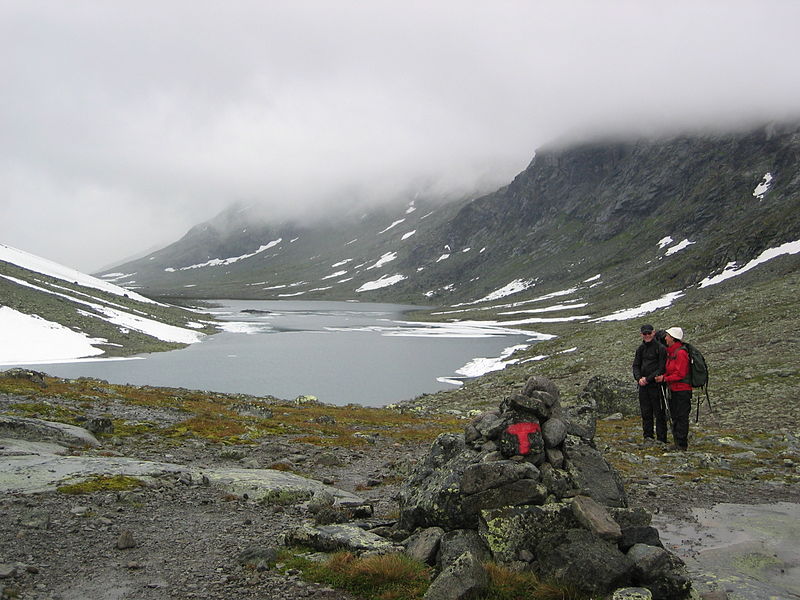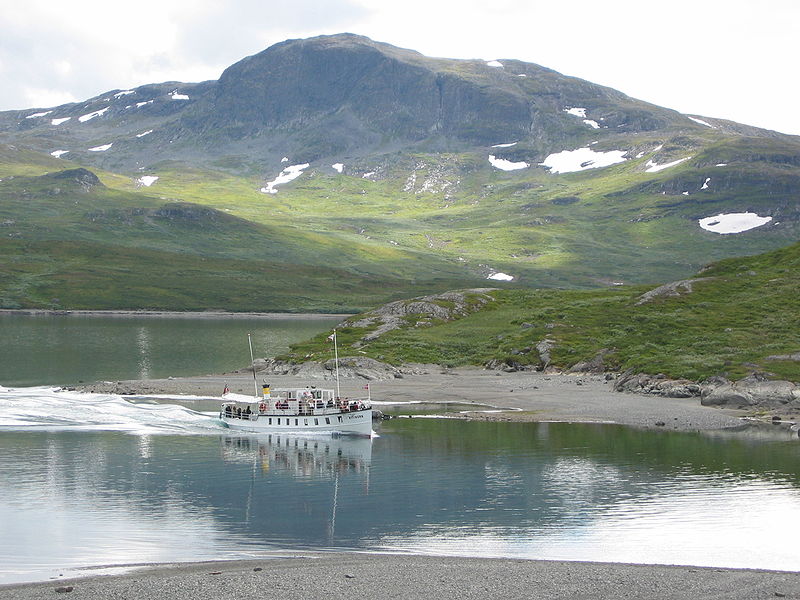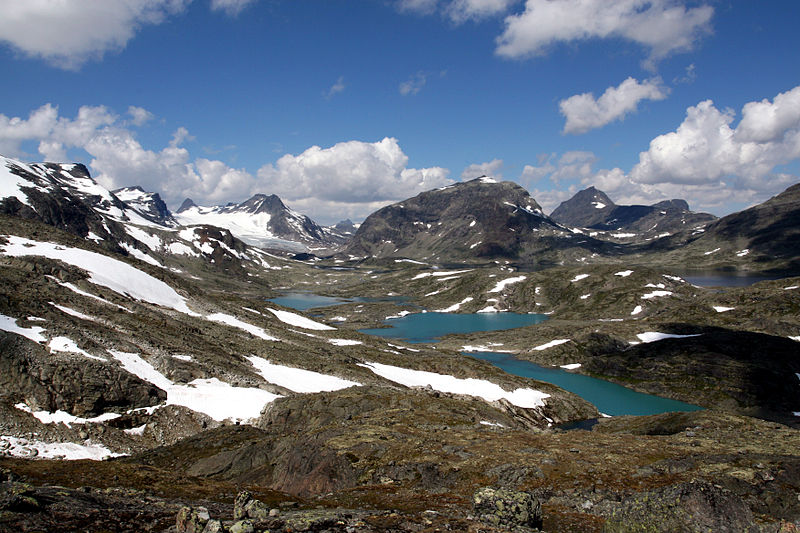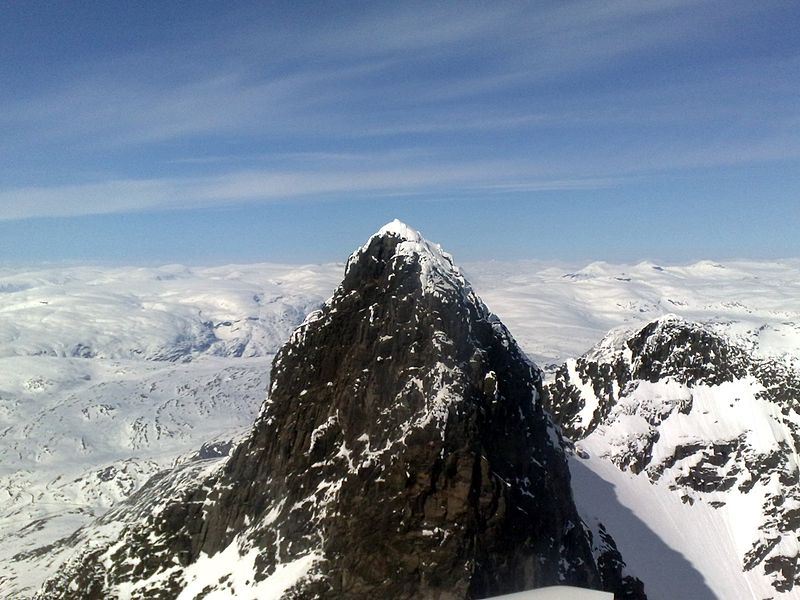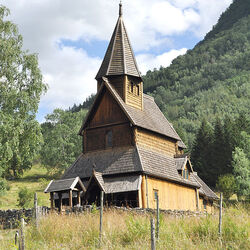Jotunheimen
Jutunheimen is a national park in Norway, established in 1980 on an area of 1,151 km2. The name of the park translates as "house of giants" and refers to Scandinavian mythology.

The park is located in the mountainous region of the same name, there are over 250 mountains with a height of more than 2,900 meters. Of these, the highest are Glittertinn (2,465 meters) and Gallhepiggen (2,469 meters). The relief of Jutunheimen was strongly influenced by glaciers, which left behind numerous river valleys. The most famous of the lakes in the park is Gyende, which looks more like a fjord, as it stretches for 20 kilometers and is more than 1 kilometer wide. Most lakes and rivers have trout that you can fish, but you need a permit to do so.
This area used to be wild, but in 1400 the King of Norway signed a decree ordering the residents of the city of Lom to monitor the good condition of the passage through the mountains. This allowed residents of the northern town of Gudbrandsdal to travel to Bergen without any problems. They carried agricultural products with them, and returned with salt, iron, cloth and lutfisk. In 1869, the Norwegian Tourist Society built the first hut on the shores of Lake Tin, giving a great impetus to the development of tourism in the region. Today, Jutunheimen is a fairly large mountain tourist center with a recently renovated hotel.
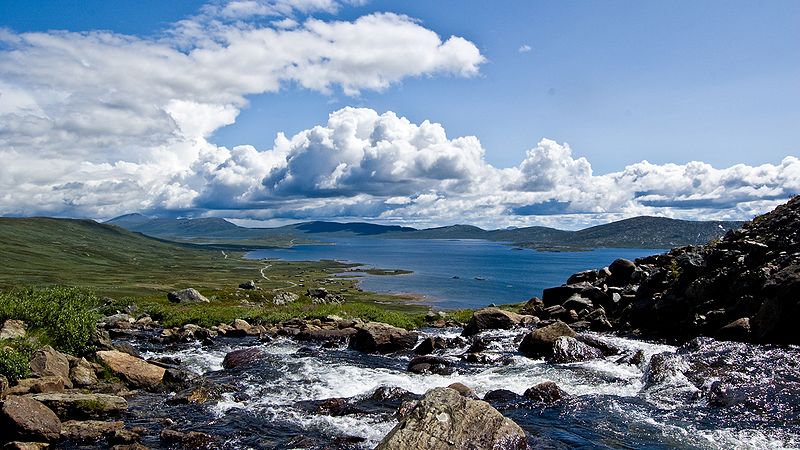
Jutunheimen has long been a hunting site, the remains of Stone Age hunting camps have been found near the Gyende and Russvatnet lakes. Deer, lynxes, moose, and wolverines are often found among the wildlife.
Cyclists, rafting, mountain and cross-country skiers, mountain climbers and anyone who adores untouched nature can relax and get a lot of impressions in Jotunheimen. You can stay for a night at least on the shore of the lake or at the top of the mountain, which offers stunning views of the park.

